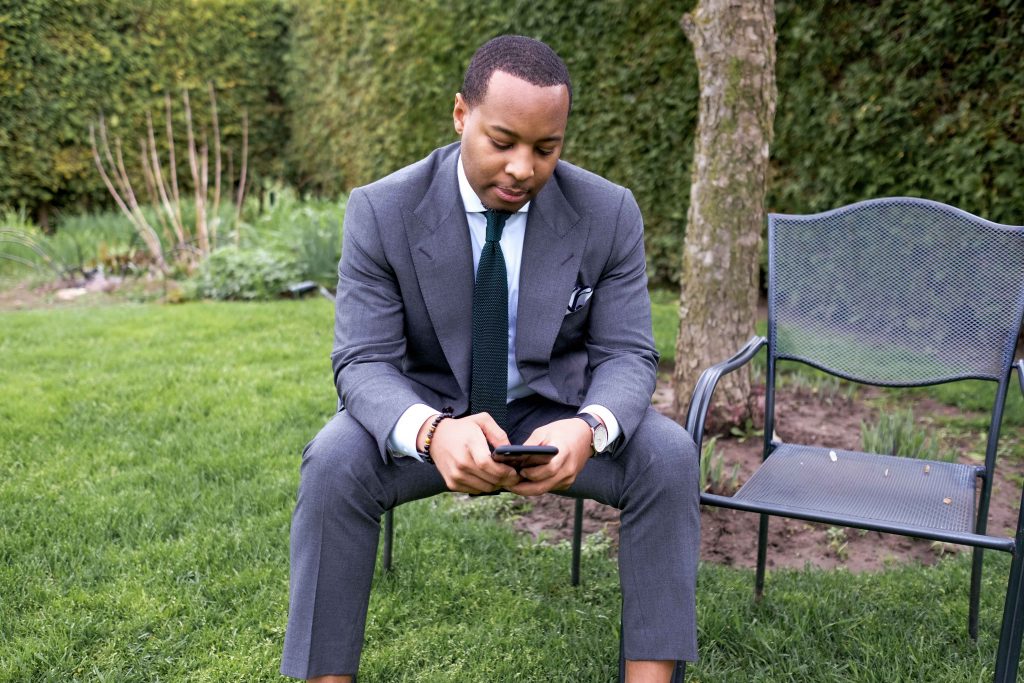The Truth About Custom Tailoring
When purchasing a custom-tailored garment there are so many available options with a range of different price points. In this article, I would like to share a few things to consider when purchasing your next tailored garment. Two of the most important things to consumers are generally the look and fit of the finished product […]
7 Considerations for the Suited Gentleman
1. The Proper Fitting Dress Shirt I can’t tell you how many times I’ve seen professionals in dress shirts where the shoulders and sleeves were too long, or the waist had too much slack in it. Investing in a custom-fitted shirt will alleviate buying a shirt that is the proper neck and sleeve length but […]
Questions for Andersonn Bespoke

Q. What is the Andersonn Bespoke elevator pitch? A. Andersonn Bespoke is a Custom Tailoring Boutique designed for the busy professional who is serious about his image. Q. What makes Andersonn Bespoke different? A. Andersonn Bespoke is mobile, catering to clients that prefer or require a tailoring service that will meet where convenient including home […]
